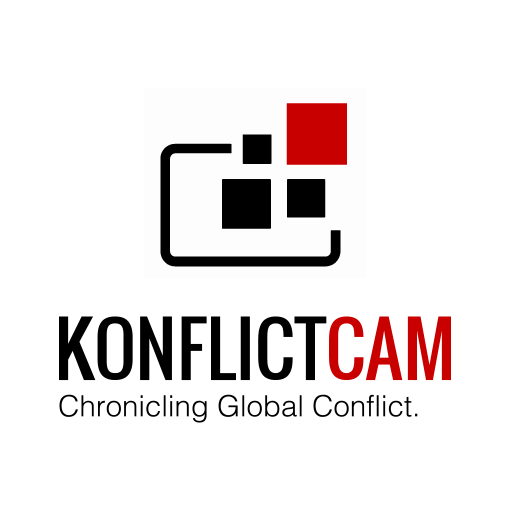Social Media is Not an Alternative to Photo Archives
Posted on 2015-11-07 13:11
During a conflict of any sort, it is vital that we remember a conflict does not just affect the terrain and combatants, but also the people who live in its midst. This is not only true in the case of civil wars or peaceful protests, but also in regards to natural disasters such as a hurricanes and forest fires. For this reason, we include photographs of refugees and refugee camps in our archive, as they represent an intrinsic part of any conflict and are indelibly touched by it.
An obvious contemporary example of conflict’s direct effect on civilian lives would be the photographs of a lifeless young Aylan Kurdi. In early September, a photographer happened to be in the right place at the right time to witness a member of the Turkish coastguard gently lift the corpse of tiny Aylan’s three year body to carry it from the beach. Normally, his death by drowning would have simply represented another of many refugee deaths, warranting at best a footnote in conventional media, but almost certainly would have remained a tragedy borne by his parents alone. In this case, however, things were different. Photographs of young Aylan began to go viral, spreading like wildfire on social media. People who had previously condemned outright these refugees for attempting to flee to Europe were shocked into silence. As a result of just a handful of images, the world finally began to see what thousands of words had tried and failed to elucidate to them before.
One of the greatest questions confronting management of a digital archive is how to address graphic images. This is particularly true in the case of images related to children. We must ask ourselves whether it is appropriate to expose our users to such images, or whether we should exclude these photographs and thus ignore certain aspects of conflict.
Our response is to create a compromise between the two: we do not force our users to view graphic images, but if they choose to opt into viewing them, then we allow them to do so. We are also careful to ensure that any images from our archive that we share on social media do not contain graphic images.
Unfortunately, in the social media sphere most people do not make such considerations. As such, images of conflict often end up lumped in the same media feeds with trivial posts about birthday parties, cat memes, celebrity gossip, and advertisements.
We believe that sharing images of substance alongside trivialities can risk devaluing both these images and the issues they address, allowing individuals to scroll past human deprivation without a second thought, the same as they might scroll past a story about Justin Bieber’s most recent run-in with a foreign police force (see: trivialisation of politics). We seek to provide an alternative whereby these images are neither trivialised nor devalued, instead being given a suitable home where both audiences and images are treated with the respect that they are due.
We host and share these images not to show off to our friends that we care about the latest social trend (see: hashtag activism), but instead to allow society to witness the world of conflict and thus better understand the issues that shape our time.

 Sam Lees
Sam Lees